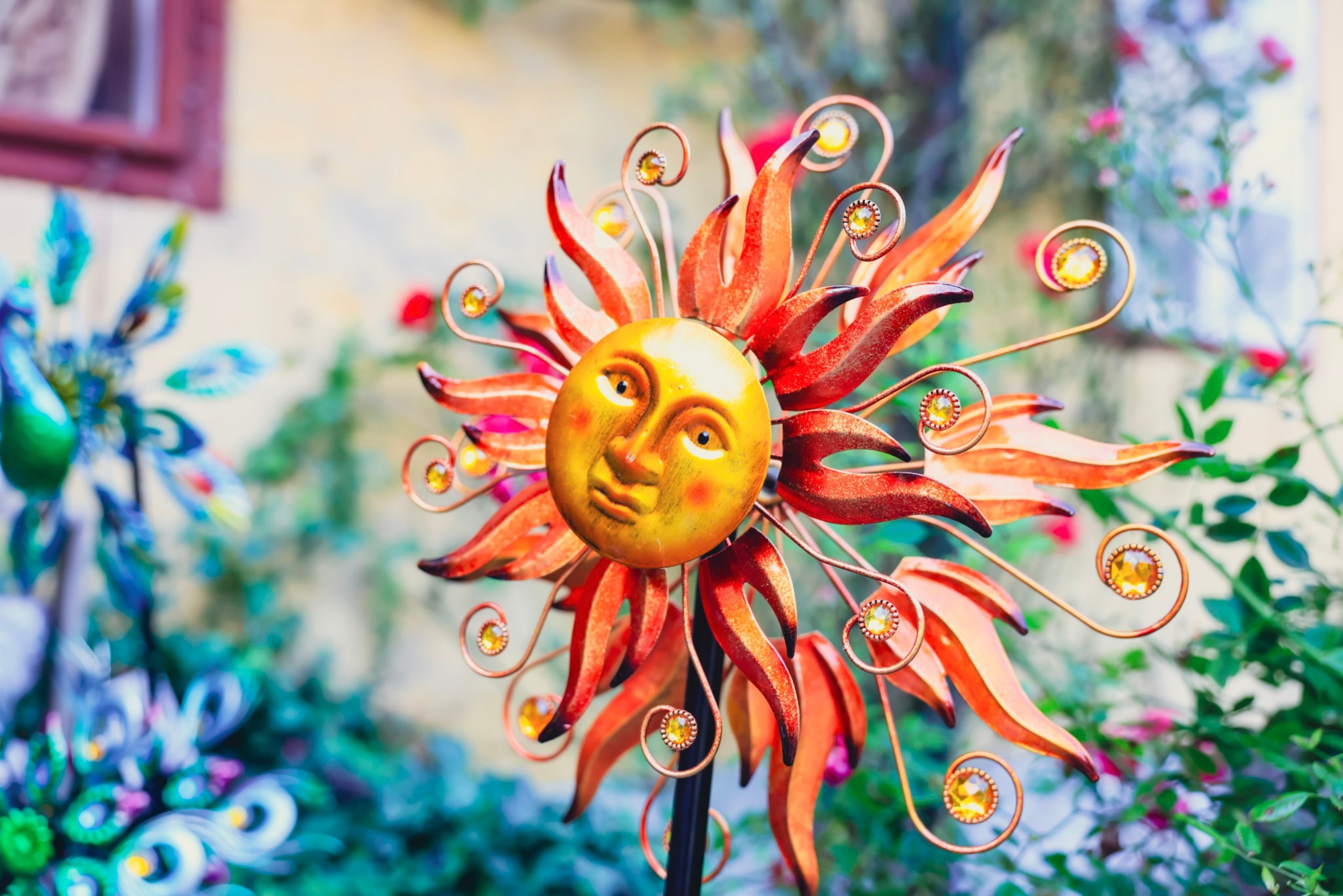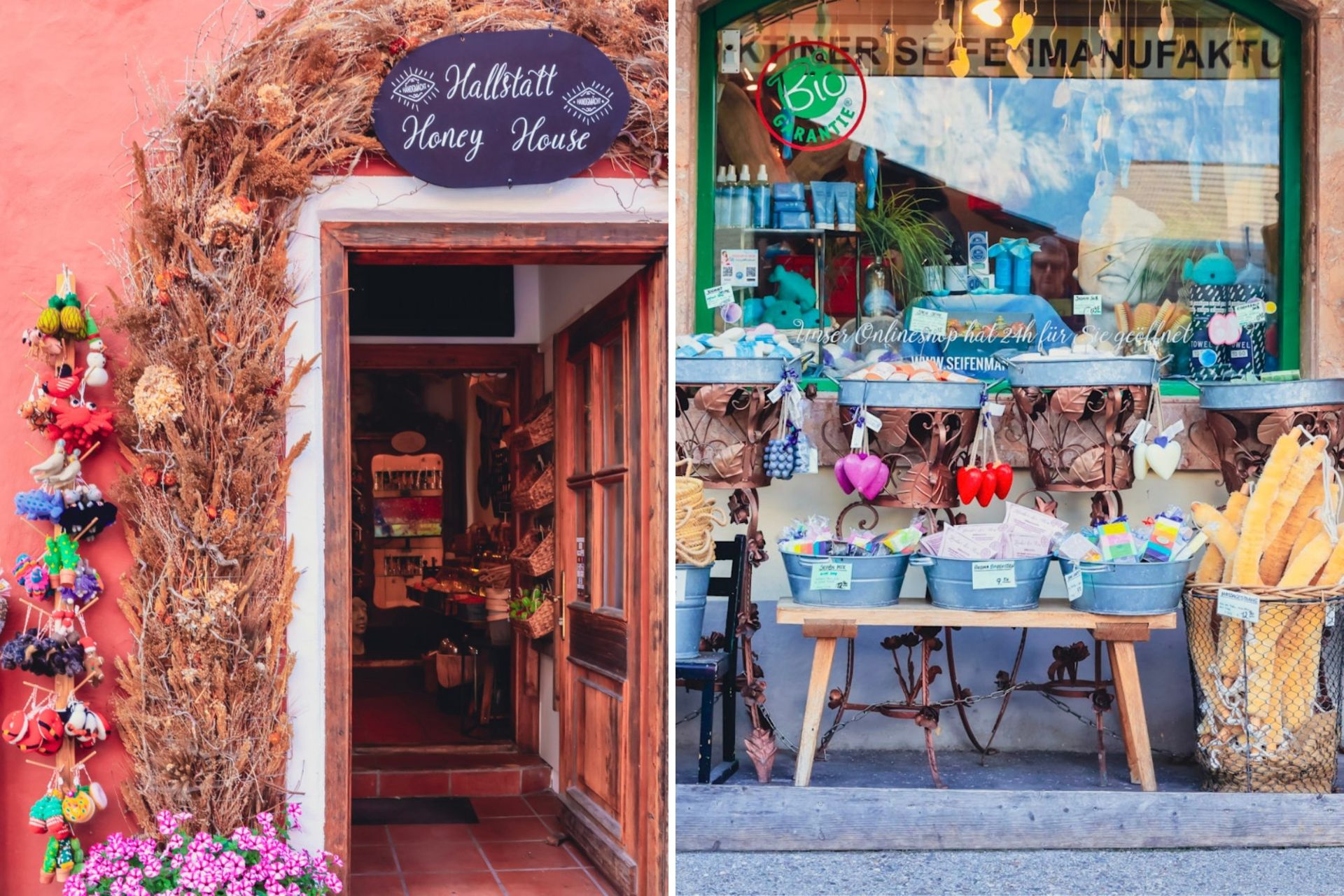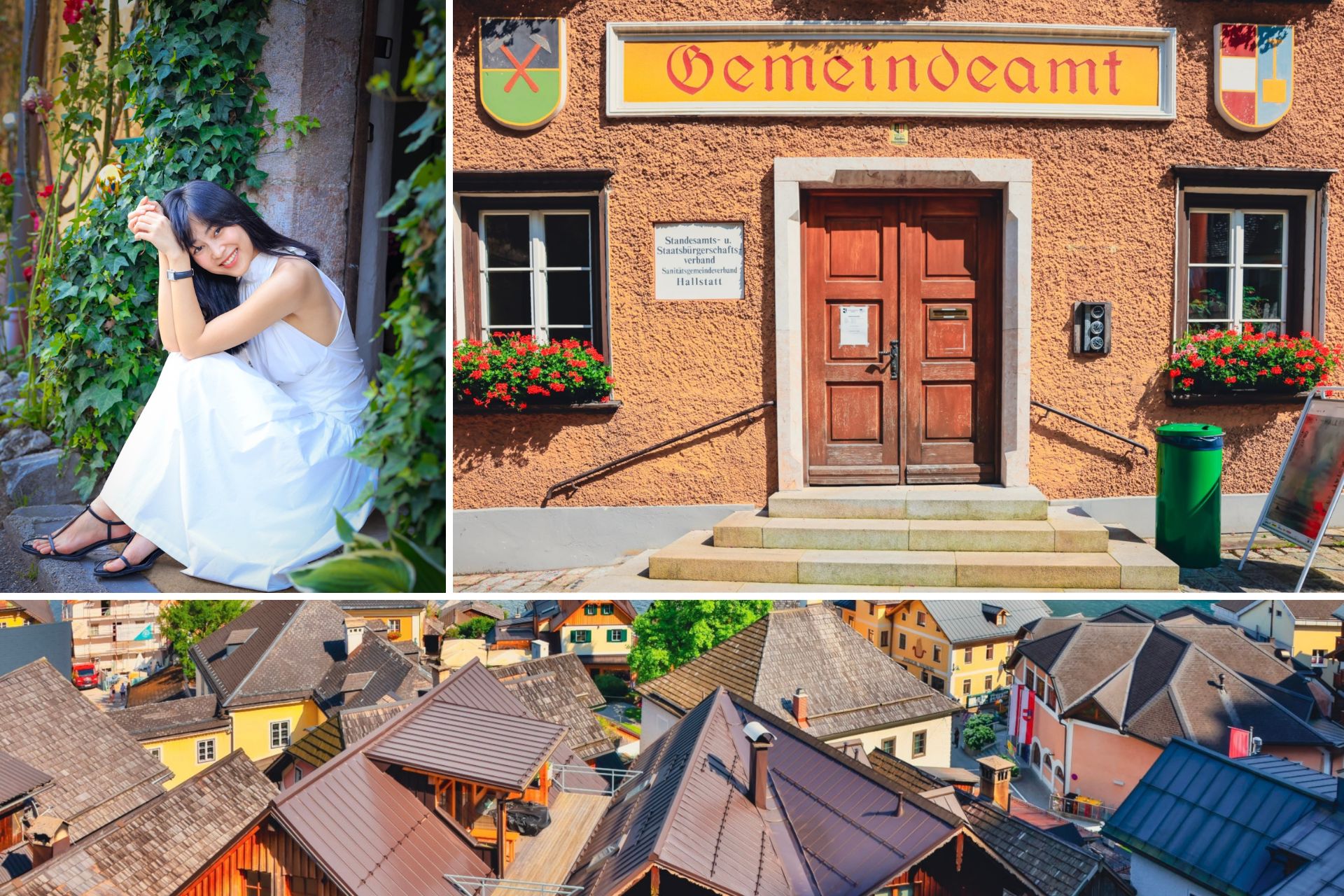Hallstatt is a picturesque small town nestled in the Salzkammergut region of Austria. Dubbed as a precious gem, it sits idyllically between the dreamy Hallstattersee lake and the majestic Alps. With its picturesque beauty, unique architecture, and rich history, Hallstatt has become one of the most famous tourist destinations in the world, beloved by travelers from all continents.
Once Europe’s Salt Basin
Hallstatt itself is a place of significance on the map of Europe. During the Bronze Age, history recognizes Hallstatt as a major salt production center on the continent. The area boasts natural salt mines of superior quality, and the locals had mastered the art of salt extraction and refinement at a very early stage.
In ancient times, salt was not only an essential seasoning in daily life but also a highly valued commodity, traded extensively throughout Europe. Hallstatt enjoyed a strategic location, situated near important trade routes, thus facilitating the transportation of salt to other regions.

However, by the 16th and 17th centuries, salt production in Hallstatt began to lose its luster. During this period, the development of natural salt mines across Europe posed significant competition for Hallstatt.
Additionally, the evolution of maritime routes and the emergence of new means of transportation altered the trade dynamics connected to Hallstatt, making salt transportation more challenging and limiting the market access that was once the village’s forte.
Simultaneously, frequent wars and conflicts disrupted the activities of commercial cities in Europe. As economies declined, salt became an unaffordable luxury for many households.
The shift in consumer tastes and habits further pushed the Hallstatt salt industry down a slippery slope, leading to its eventual decline.

Emerging as a Heritage Site
Although salt production no longer plays a dominant role, its legacy remains deeply ingrained in the cultural fabric and historical depth of Hallstatt.
Today, visiting the Hallstatt World Heritage Site is like stepping into a fairy tale-inspired European setting. Through the years of turbulence and tranquility, the traditional wooden houses with steep roofs and tall chimneys, as well as relics such as salt storage houses, bridges, and salt transportation tunnels, have been remarkably well preserved.

Strolling through the ancient streets and walking under the eaves of houses older than a lifetime, one discovers an intriguing fact. The vast majority of civil structures here are constructed from pine wood.
The natural beauty of the wood, its warm and cool insulation properties, and its resistance to termite damage have contributed to the harmonious blend of houses within the temperate natural landscape.
Building houses with pine wood seems to be a tradition in Hallstatt’s local culture. This practice may stem from the abundance of vast pine forests surrounding the town.
Moreover, pine wood is relatively soft and easy to work with, reducing the load-bearing weight of structures, especially when built on mountainous terrain.

The locals of Hallstatt have also developed a unique construction technique using pine wood, tailored to the region’s natural conditions and climate. The houses are built on a sturdy wooden frame assembled from numerous small wooden bars.
Notably, the Hallstatt builders refrain from using nails or screws to fixate the wooden bars, opting instead for traditional wood-joining techniques such as mortise and tenon joints. This approach enhances the frame’s load-bearing capacity and structural integrity, akin to a robust backbone, thereby prolonging the lifespan of the building.
The walls are crafted from wooden boards pieced together, forming an outer shell that envelops the wooden frame. To protect the house from moisture, locals employ natural waterproofing materials like moss, grass, or tree resins.
Additionally, the roofs are designed with a steep pitch to facilitate rapid rainwater runoff, preventing dampness. Above the roof, a wooden chimney is erected to vent smoke from the heating and cooking stoves.

The traditional pine wood construction technique is being preserved and further developed in Hallstatt. Many ancient wooden houses have been meticulously restored and transformed into tourist attractions. Simultaneously, local architects and carpenters are exploring ways to apply this traditional knowledge to the construction of modern structures.
Beyond the quaint streets, Hallstatt captivates visitors with its salt mine ruins. The Hallstatt salt mine is one of the oldest in the world, dating back approximately 7,000 years. It not only evokes memories of the town’s prosperous golden era but also stands as a living museum of salt production in Europe.
Explorers can venture into the millennia-old tunnel system, marveling at shimmering salt rock walls and colossal salt pillars. Moreover, they can experience the thrill of sliding down wooden chutes, just as the ancient miners once did.
Most importantly, visitors have the opportunity to delve into Hallstatt’s salt culture by learning about traditional salt extraction tools and techniques and delving into the historical narratives of the miners’ lives.

A Day in Hallstatt
Hallstatt is not an extensive village, making it ideal for travelers with limited time. You can comfortably take in the best of Hallstatt within a single day.
To help you plan your itinerary, I’ve organized the attractions based on a practical and detailed daily timeline.

Morning
Suggested stops: Hallstatt Zentrum, Marktplatz Hallstatt, Evangelisches Pfarramt, Michaelskapelle, Beinhaus & Ossuary, Classic Postcard Viewpoint, Hallstatt Waterfall, and the Small Island.
If you’re a photography enthusiast, don’t miss the Classic Postcard Viewpoint, from where you can capture the quintessential view of Hallstatt with its layered wooden houses by the lakeshore and the majestic backdrop of the Alps.

Afternoon
Suggested stops: Salzbergwerk, Hallstatt Skywalk, and coffee break at Rudolfsturm Restaurant.
After an eventful morning, give your legs some rest by stopping by the Rudolfsturm Restaurant. Perched at a higher altitude, the restaurant offers a panoramic view of the village and the serene lake. Savor a cup of coffee while immersing yourself in the enchanting scenery and the romantic ambiance, allowing your mind and legs to relax.

Evening
Suggested stops: Waldbachstrub Waterfall or Glacier Garden, dinner at Restaurant am See.
The Waldbachstrub Waterfall is a magnificent natural wonder, boasting impressive height and the thunderous rush of water. It will undoubtedly leave a lasting impression.

To make your trip even more perfect, consider these suggestions:
Ideal Season: Summer is the prime time to visit Hallstatt, with warm weather and vibrant natural scenery. However, if you prefer fewer crowds, consider visiting during spring or autumn.
Transportation: You can reach Hallstatt by flying to Salzburg or Vienna and then traveling by train or bus. In October 2024, Vietnam Airlines will introduce direct flights from Hanoi and Ho Chi Minh City to Munich, Germany. From there, it’s a convenient journey to Hallstatt via subway and bus, taking approximately four hours.
Accommodation: Hallstatt offers a range of options, from luxurious hotels to cozy guesthouses. It is advisable to book in advance, especially during peak seasons.
Other Activities: Besides the mentioned attractions, you can indulge in various activities such as boating on the lake, hiking, cycling, or simply relaxing at a lakeside café.
A few final notes:
– The official language in Austria is German, but many locals can communicate in English.
– The official currency in Austria is the Euro.
The Smart Way to Save Thousands: A Sprinkle of Salt in Your Toilet Bowl
Believing that many people merely view salt as a seasoning, it is often overlooked that salt has a myriad of other uses in our daily lives.
“The Surprising Benefits of Mixing Toothpaste and Salt: A Little-Known Hack”
Introducing a revolutionary dental care duo: toothpaste and salt. But what happens when you combine these two seemingly ordinary substances? Uncover the intriguing effects of this dynamic duo as we delve into the unique benefits they offer for your oral health. Prepare to be fascinated by the powerful combination that takes your dental care routine to the next level!
The Ultimate Guide to Eliminating Odor from Men’s Leather Shoes
When it comes to men’s leather shoes, prolonged wear can lead to an unpleasant odor due to various factors such as wet shoes, foot sweat, and improper cleaning. There are several effective methods to eliminate this odor, including the use of tea bags, sawdust, activated carbon, baking soda, and old newspaper.





































